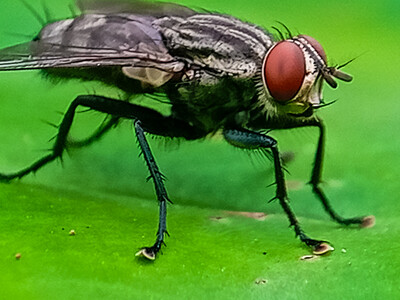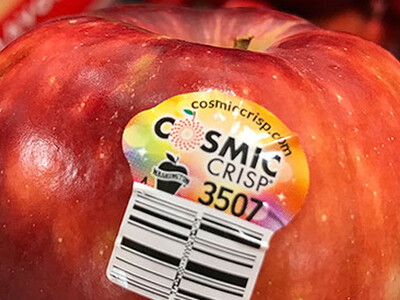Fallow-winter wheat
What type of weed issues are growers seeing out in the field?Specifically, for fallow-winter wheat-fallow rotations, there’s been a heavy reliance to glyphosate which is leading to resistance.
Drew Lyon, WSU Weed Scientist: “We have overused glyphosate for fallow weed control and can no longer rely solely on this single mechanism of action. Glyphosate should always be tank mixed with another effective mechanism of action in order to sustain the utility of glyphosate for fallow weed control.”
Why has this become an issue for fallow-winter wheat- fallow farmers and what’s the best solve?
Passing over your field again and again with glyphosate only is not the most effective or efficient approach anymore.
Growers should never rely solely on a single active ingredient or mode of action (i.e. glyphosate alone).
It’s important to have a long-term view: incorporating multiple modes of action (MOAs) as part of a holistic integrated weed management approach has proven to be more effective in preventing resistance issues.
For grassy, glyphosate-resistant weeds in the Pacific Northwest, how should growers approach these challenges holistically?
Each herbicide pass should be considered as part of a broader herbicide program to help control hard-to-control grasses and broadleaf weeds.
Don’t just rely on burndown options in chem fallow, also use a pre (ex. Valor) when possible.
We recommend at least three herbicide passes on chem fallow acres, beginning in the spring and leading into the summer, prior to the planting of winter wheat.
The first pass should start around April with RT®3 at 32floz/A tank-mixed with clethodim at 8oz/A for most clethodim products, plus at least 1pt/A of COC.
The second pass should start around one month after initial application with RT®3 at 48floz/A tank-mixed with 2,4-D at 12-16floz/A (up to 24floz/A if lower concentration
The final pass happens around one month after second pass with RT®3 at 48floz/A tank-mixed with 2,4-D at 12-16floz/A (up to 24floz/A if lower concentration. Depending on weed spectrum, grower should consider swapping out glyphosate for paraquat.
When planting wheat, always start with clean, certified seed varieties to avoid planting seed that has been contaminated.

















